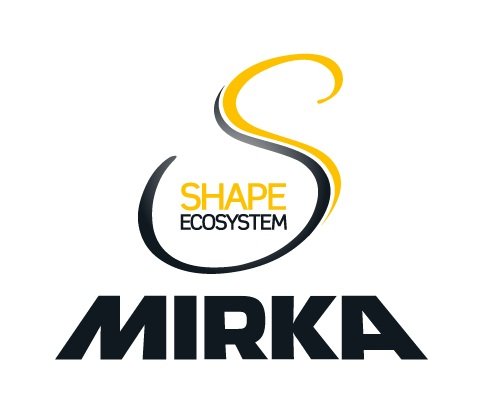One Year of DDSM: How Data Empowers Sustainability Communication
Author: Amaia Martín-Granizo, Åbo Akademi University
It's been a year since the launch of Data-Driven Sustainability Management (DDSM), a collaborative research project led by Åbo Akademi. Partnering with the University of Turku and industry leaders like Mirka, DDSM keeps working on bridging the gap between sustainability management and the use of real-time data.
One of the main areas of research is how to communicate the ongoing sustainability performance to stakeholders. Traditionally, sustainability communication has relied on broad statements and qualitative information. Recent trends show that these methods will not be sufficient - vague claims and subjective statements hold little weight in today's information age and run the risk of greenwashing. Consumers, investors, and stakeholders increasingly demand concrete evidence of a company's environmental and social impact.
Businesses across industries have started to recognize the crucial role data plays in transparent and effective sustainability communication. Moreover, the CSR Directive raises the bar regarding management of sustainability data for all companies. Companies can turn this imperative into an opportunity to go beyond reporting and turn their sustainability data into new business possibilities.
The key challenge is equipping organizations with the tools and frameworks to translate their sustainability initiatives into clear, data-driven messages. However, research shows that companies should look beyond technical solutions. Having an organizational culture that is open to leveraging data in their processes, provides employees with skills and access to data and understands the value it brings to the business in the long-term, is crucial.
Here are some examples on how data can contribute to a new, improved way to communicate sustainability:
Transparency through Numbers: DDSM empowers organizations to showcase their progress with clear, quantifiable data. Data paints a clear picture of the company's commitment to sustainability, fostering trust and credibility.
Targeted Communication: Data allows companies to tailor their sustainability message to specific audiences. Investors might be interested in life-cycle assessments and resource use, while consumers might respond more readily to information about ethical sourcing and community engagement.
Benchmarking and Goal Setting: Data is a powerful tool for tracking progress and setting realistic goals. DDSM can help companies benchmark their sustainability performance against industry leaders, identifying areas for improvement and setting measurable targets. Progress towards these goals can then be communicated to stakeholders, demonstrating a commitment to continuous improvement.
Data Visualization for Impact: Raw data can be daunting. DDSM emphasizes the use of data visualization to transform complex information into compelling insights. Infographics, charts, and interactive dashboards make sustainability achievements easily digestible and visually engaging, maximizing impact on audiences.
Sustainability data can also be leveraged internally, to provide agency and decision support directly to workers. Sustainability becomes tangible to each employee in the context of their tasks. Sharing sustainability data internally and externally has many potential benefits, but also raises many questions. To name a few, trust, security and interpretability of data are antecedents to successfully employing sustainability data throughout the organization and in the company's value chain.
As the DDSM project enters its second year, we can expect further advancements in data collection, analysis, and communication best practices. This collaborative effort paves the way for a future where sustainability is not just a buzzword, but a measurable and achievable goal.

